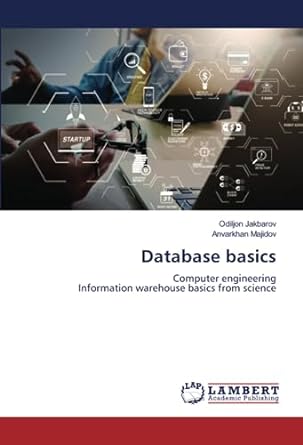(e) Consider the Byzantine Generals problem. Two generals are on hills either side of a valley. They each have an army of 1000 soldiers. In the woods in the valley is an enemy army of 1500 men. If each general attacks alone, his army will lose. If they attack together, they will win. They wish to send messengers through the valley to coordinate when to attack. However, the messengers may get lost or caught in the woods (or brainwashed into delivering different messages). How can they devise a scheme by which they either attack with high probability, or not at all? (6 marks] Question 1 (a) Question 1 considers an Autonomous Vehicle-to-Infrastructure use case where a driverless car is supported by a Mobile Edge Computing environment. Explain briefly how Mobile Edge Computing can support this use case. (b) Identify three distributed applications that might run on a driverless car (1) Determine which of the following motivating factors are important for building those applications that might run on a driverless car over a distributed system: C) inherently distributed computation (ii) resource sharing (1) access to geographically remote data (iv) scalability (d) One of the application running on the car has generated 32MB (Mega-Bytes) data that needs to be processed within one second. You have two options: Send the data to an edge device over a duplex link with 128MB/s (Mega-Bytes/second) and 50 milli-seconds latency. The processing of the data on this device takes 10 milli-seconds Send the data directly to the cloud over a duplex link of 64MB/s (Mega-Bytes/second) and 25 milli-seconds latency. The processing of the data on the cloud takes 5 milli-seconds Assume the same amount of processed data is sent back to the application after processing. i.e. 32MB (Mega-Bytes). Which option would you choose to meet the timing constraint? Explain your reasoning. (e) A Java-application running on the vehicle manipulates management information as remote objects. Suppose a method updateCarLocation is written to update its location as a remote object: public void updateCarLocation(Latitude Lat, Longitude Lng) throws RemoteException Identify the performance issues in relation with the use of the classes Latitude and Longitude th The clock on the car needs to constantly synchronise with a UTC server using Cristian's algorithm. Suppose the clock reads 11:34:28. The server's cock reads 11:34:57 when they Synchronise. Assume the Round Trip Time (RTT) is 2 seconds. What is the time at the client after (e) Consider the Byzantine Generals problem. Two generals are on hills either side of a valley. They each have an army of 1000 soldiers. In the woods in the valley is an enemy army of 1500 men. If each general attacks alone, his army will lose. If they attack together, they will win. They wish to send messengers through the valley to coordinate when to attack. However, the messengers may get lost or caught in the woods (or brainwashed into delivering different messages). How can they devise a scheme by which they either attack with high probability, or not at all? (6 marks] Question 1 (a) Question 1 considers an Autonomous Vehicle-to-Infrastructure use case where a driverless car is supported by a Mobile Edge Computing environment. Explain briefly how Mobile Edge Computing can support this use case. (b) Identify three distributed applications that might run on a driverless car (1) Determine which of the following motivating factors are important for building those applications that might run on a driverless car over a distributed system: C) inherently distributed computation (ii) resource sharing (1) access to geographically remote data (iv) scalability (d) One of the application running on the car has generated 32MB (Mega-Bytes) data that needs to be processed within one second. You have two options: Send the data to an edge device over a duplex link with 128MB/s (Mega-Bytes/second) and 50 milli-seconds latency. The processing of the data on this device takes 10 milli-seconds Send the data directly to the cloud over a duplex link of 64MB/s (Mega-Bytes/second) and 25 milli-seconds latency. The processing of the data on the cloud takes 5 milli-seconds Assume the same amount of processed data is sent back to the application after processing. i.e. 32MB (Mega-Bytes). Which option would you choose to meet the timing constraint? Explain your reasoning. (e) A Java-application running on the vehicle manipulates management information as remote objects. Suppose a method updateCarLocation is written to update its location as a remote object: public void updateCarLocation(Latitude Lat, Longitude Lng) throws RemoteException Identify the performance issues in relation with the use of the classes Latitude and Longitude th The clock on the car needs to constantly synchronise with a UTC server using Cristian's algorithm. Suppose the clock reads 11:34:28. The server's cock reads 11:34:57 when they Synchronise. Assume the Round Trip Time (RTT) is 2 seconds. What is the time at the client after








